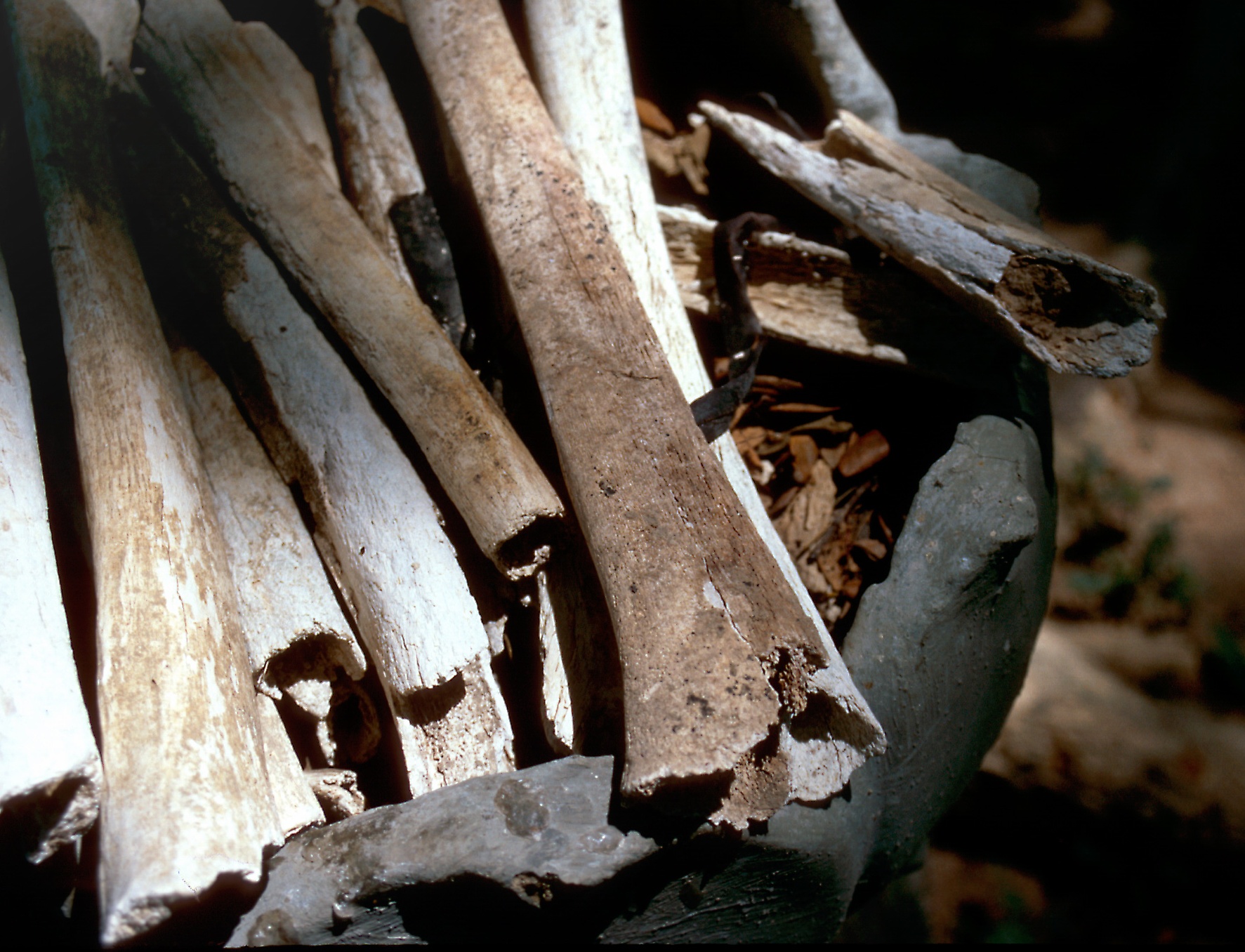First in a series by guest author Mbaezue Emmanuel Chukwuemeka
Some schools of thought maintain that force or violence can sometimes be an effective means of resolving conflicts. The reality, however, is that violence breeds violence. The perceived enemy whom you beat down today may rise up tomorrow and obliterate you.

In cases of civil wars and insurgencies, the warring parties may believe that violence is the only way to either maintain the status quo or protect the rights and interests of a perceived marginalized or isolated group.
The bitter truth remains that it is the ordinary men, women, and children who are plunged into unimaginable suffering. Most of these civilians become Internal Displaced Persons (IDPs) or refugees in their own homelands.
Most civil wars or crises happening in Africa today are manifestations of the “greed and grievance theory”—that is, it is the corrupt practices of many government officials that give rise to conditions of poverty, unemployment, and illiteracy. These conditions in turn give rise to feelings of exclusion or marginalization, both of which are recipes for disaster and potentially violent confrontations.
Governments have the bulk of the blame for the under-developed state of most African countries. Therefore, it should be their responsibility to remedy those conditions through dialogue with the aggrieved parties and developmental projects.
Unfortunately, what most African governments do to silence or discourage any form agitation or protest is to engage in indiscriminate killings, unlawful incarceration, and torture. African politicians would rather die in power than take responsibility for their failures and resign. When the government responds with violence to political/economic issues, radical groups, more often than not, equally counter with force.
Thus, the cycle of violence continues until the power elite can become convinced of the benefits of nonviolence.
Mbaezue Emmanuel Chukwuemeka has a Masters of Science in Conflict Management and Peace Studies from University of Jos, Jos, Plateau State. He is a member of Institute of Chartered Mediators and Conciliators, and works as a paralegal counsel at the Legal Aid Council for the Federal Ministry of Justice in Nigeria.

